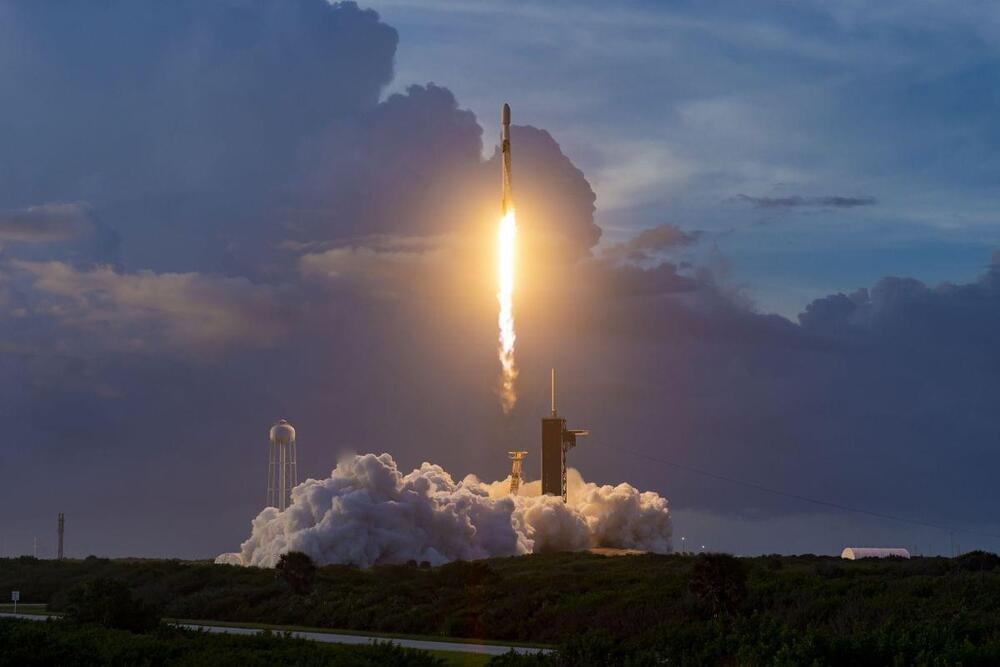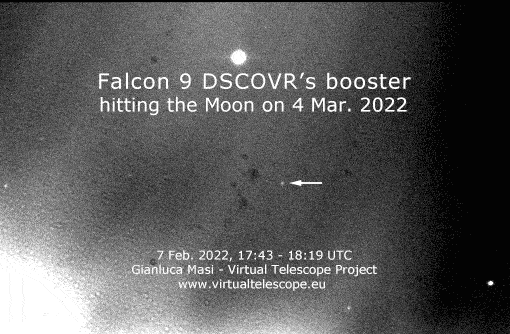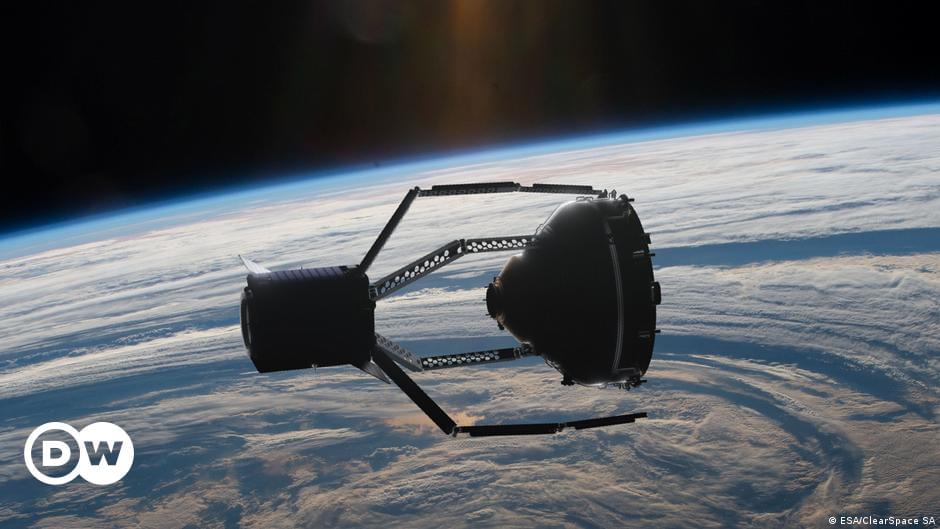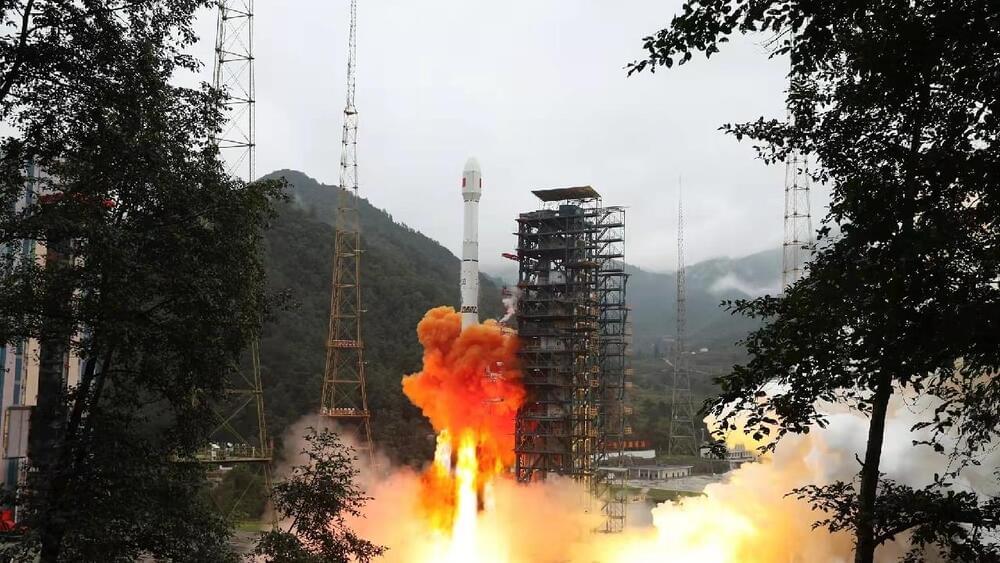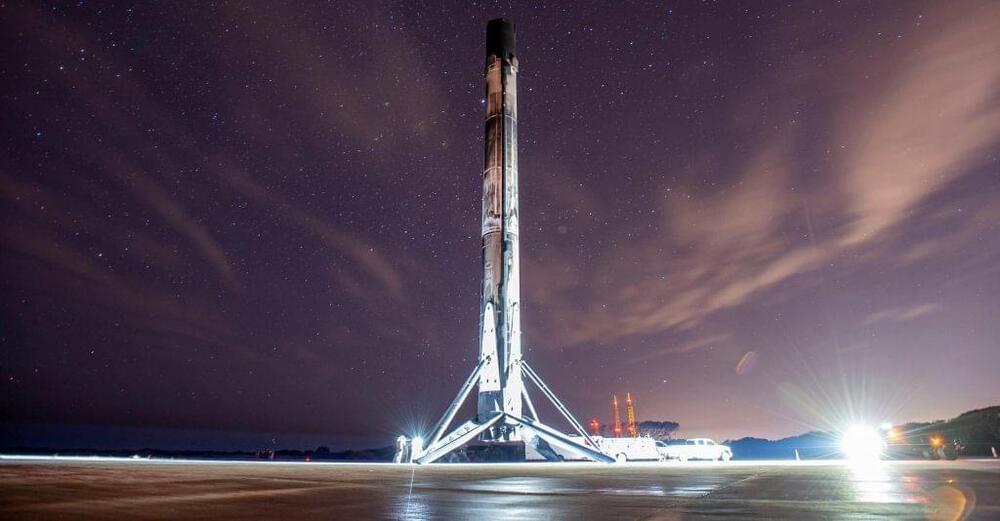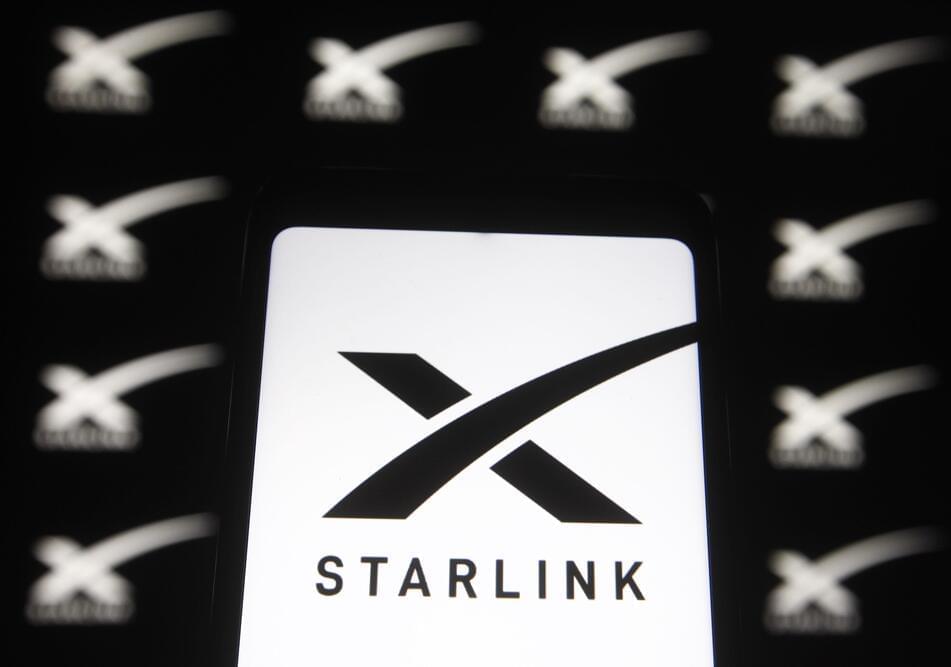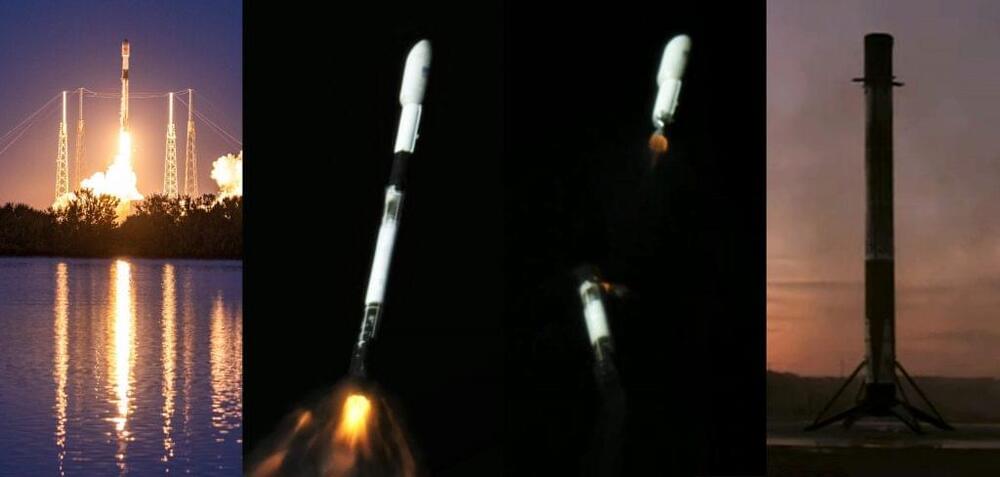Elon Musk’s company launched a Falcon 9 rocket bearing the 49 satellites from Kennedy Space Center in Florida on Thursday (Feb. 3), but a geomagnetic storm that struck a day later sent the satellites plummeting back toward Earth, where they will burn up in the atmosphere.
“Unfortunately, the satellites deployed on Thursday were significantly impacted by a geomagnetic storm on Friday,” SpaceX said in a statement. “Preliminary analysis show[s] the increased drag at the low altitudes prevented the satellites from leaving safe mode to begin orbit-raising maneuvers, and up to 40 of the satellites will reenter or already have reentered the Earth’s atmosphere.”
The satellites were hit by the storm just one day after launch.[/s].
